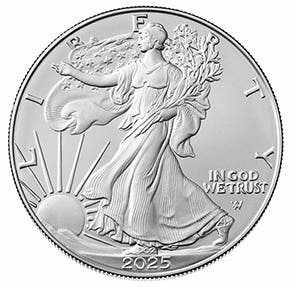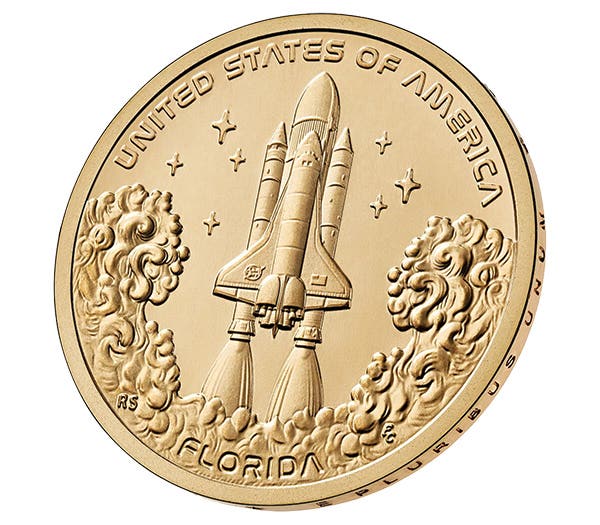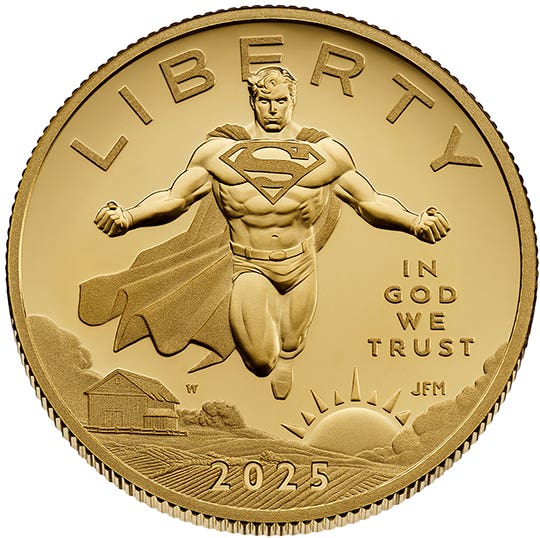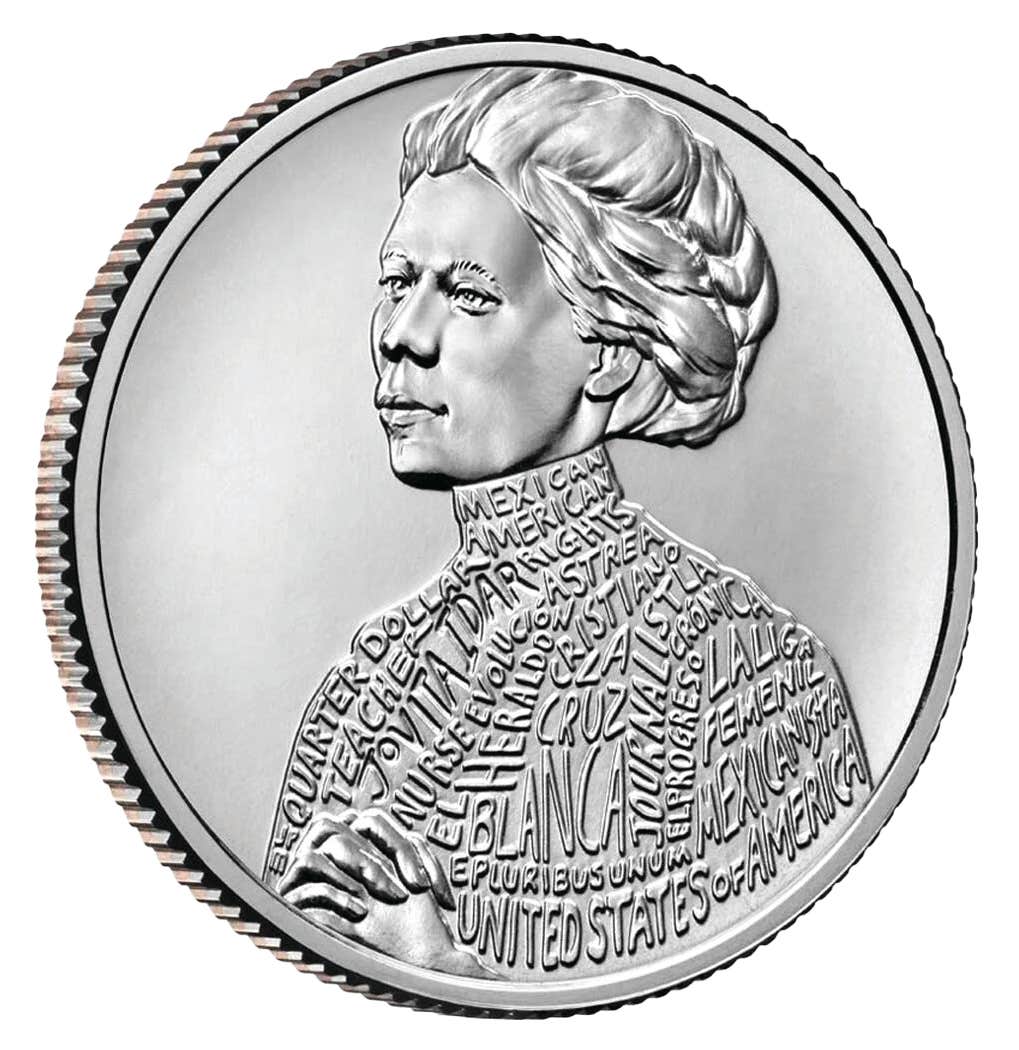Are U.S. coins, notes objectionable?
I have been a coin collector for more than 50 years. Up until 10 days ago, the question of whether some current U.S. coins and paper money carry symbols that…
I have been a coin collector for more than 50 years. Up until 10 days ago, the question of whether some current U.S. coins and paper money carry symbols that some might find offensive for promoting racism had never crossed my mind. Is this an issue that now needs attention?
Actions have been taken by various governments, businesses and individuals to remove symbols that offend people as symbols of racism. In particular the display of the Confederate States of America Stars and Bars flag and its depiction on various other products have been restricted across the nation as the result of the church shooting tragedy in Charleston, S.C.
The Internet auction site eBay has added such items to its list of prohibited products that could be offered for sale there. However, eBay did specify some exemptions from this new prohibition. Any currency, such as the 1864 Confederate States $500 note that depicts the Stars and Bars flag can still be offered for sale on eBay.
Another specific exemption to the prohibition was granted to the U.S. 1936 Gettysburg half dollar commemorative half dollar, which shows the Confederate Stars and Bars on one of the two shields on the reverse. Any tokens or scrip that have the Confederate flag as a major part of the design element is probably prohibited from being offered for sale on eBay.
Others have pointed out that if the display of the Confederate Stars and Bars is objectionable then there are many other symbols on products displayed or offered for sale in America that could similarly be problematic.
As I use it in this article, I define racism one of two ways. First, a racist is someone who holds the belief that one or more races do not deserve the same rights as other races. This is an internal judgment that most other people would never be aware of. The second definition is someone who, by their actions or inactions, makes explicitly known to other people that they believe that one or more races do not deserve the same rights as people from different races. A display of the Confederate flag, depending on context, could be considered as an example of the second definition of a racist.
As I have observed this fire storm over the display of the Confederate flag, another thought occurred to me. Could the same charge of racism be laid against those who promote the memory of people who owned slaves or tolerated and perhaps even promoted the institution of slavery?
As related to numismatics, could the U.S. Mint and the Bureau of Engraving and Printing be accused of racism because several issues of currently circulating coins and currency depict slave owners? The list includes George Washington on the quarter and the $1 Federal Reserve Note, Thomas Jefferson on the nickel and $2 note, Andrew Jackson on the $20 note, Ulysses Grant on the $50 note and Benjamin Franklin on the $100 note.
A total of 12 of the first 18 U.S. Presidents owned slaves. In addition to those already named, there were the other slave owners depicted on their U.S. Presidential dollar – Madison, Monroe, Van Buren, William Harrison, Tyler, Polk, Taylor and Andrew Johnson.
I agree that none of these men were judged worthy of appearing on U.S. monetary issues because of their status of being a slave owner. However, if there is the slightest possibility than one or more people in the country could be offended by these widely distributed symbols of slave owners, then should the Treasury Department immediately call for the end of depictions of these individuals?
Last week, I taught a 4-H class titled “Coin Collecting for Fun and Profit.” There was an ethnically diverse number of children aged 12-17 in the class plus a handful of adult leaders. On the last day, I raised the very question that I raised in the previous paragraph. No one in the class thought it necessary to change any coin or paper money designs to remove these potential symbols of racism that might cause anguish to some. Instead, every one acknowledged that these men were honored on American money for reasons having absolutely nothing to do with being slave owners.
I concur that the slave owners depicted on U.S. coins and currency had other achievements for which they merited consideration for appearing on American coins or paper money. But, if a flood of complaints come forth, should the Treasury take heed?
Patrick A. Heller was the American Numismatic Association 2012 Harry Forman Numismatic Dealer of the Year Award winner. He is the owner emeritus and communications officer of Liberty Coin Service in Lansing, Mich., and writes “Liberty’s Outlook,” a monthly newsletter on rare coins and precious metals subjects. Past newsletter issues can be viewed at http://www.libertycoinservice.com. Other commentaries are available at Coin Week (http://www.coinweek.com). He also writes a bi-monthly column on collectibles for “The Greater Lansing Business Monthly” (http://www.lansingbusinessmonthly.com/articles/department-columns).His Numismatic Literary Guild award-winning radio show “Things You ‘Know’ That Just Aren’t So, And Important News You Need To Know” can be heard at 8:45 a.m. Wednesday and Friday mornings on 1320-AM WILS in Lansing (which streams live and becomes part of the audio and text archives posted at http://www.1320wils.com).
More Coin Collecting Resources:
• Are you a U.S. coin collector? Check out the 2016 U.S. Coin Digest for the most recent coin prices.
• The Standard Catalog of United States Paper Money is the only annual guide that provides complete coverage of U.S. currency with today’s market prices.









